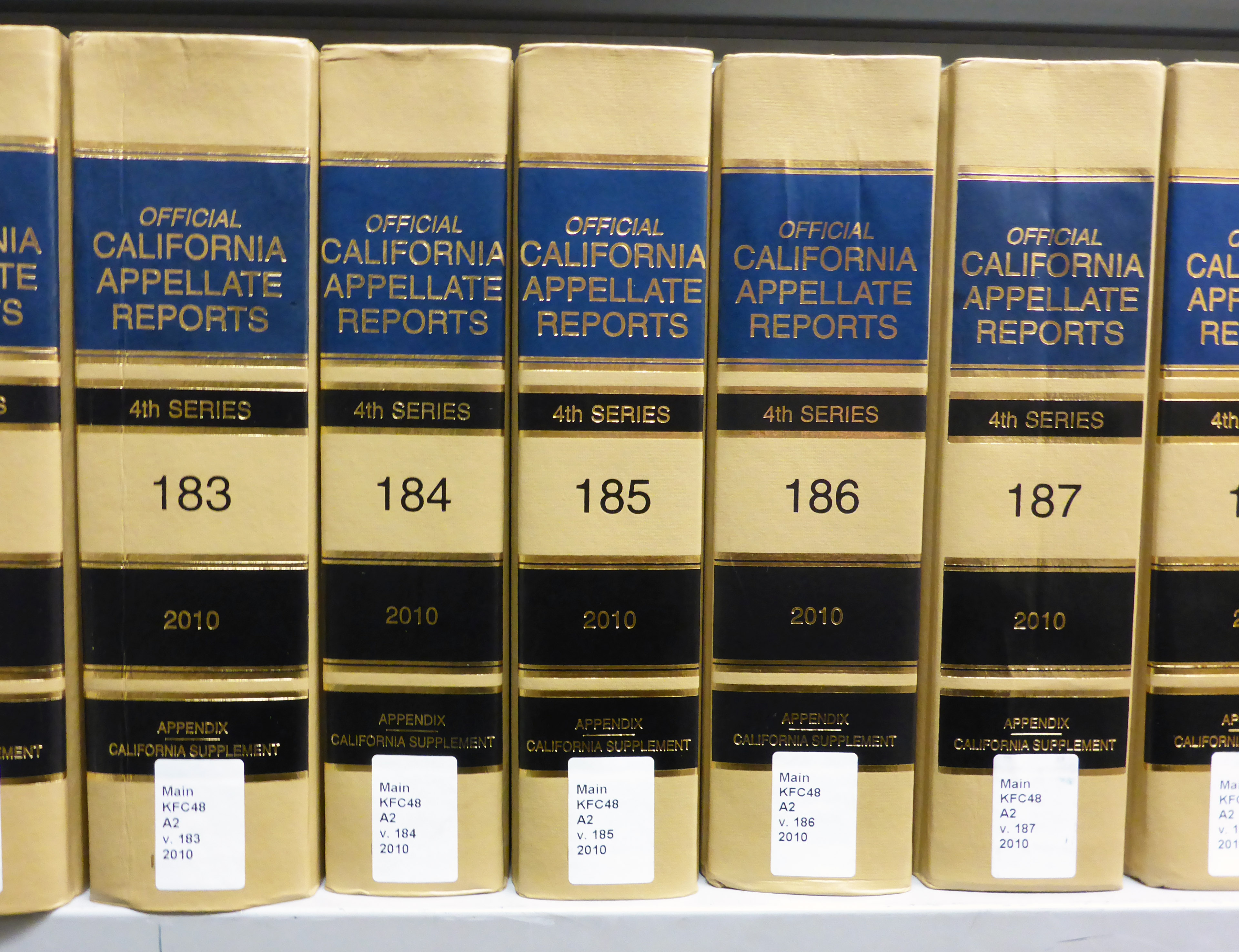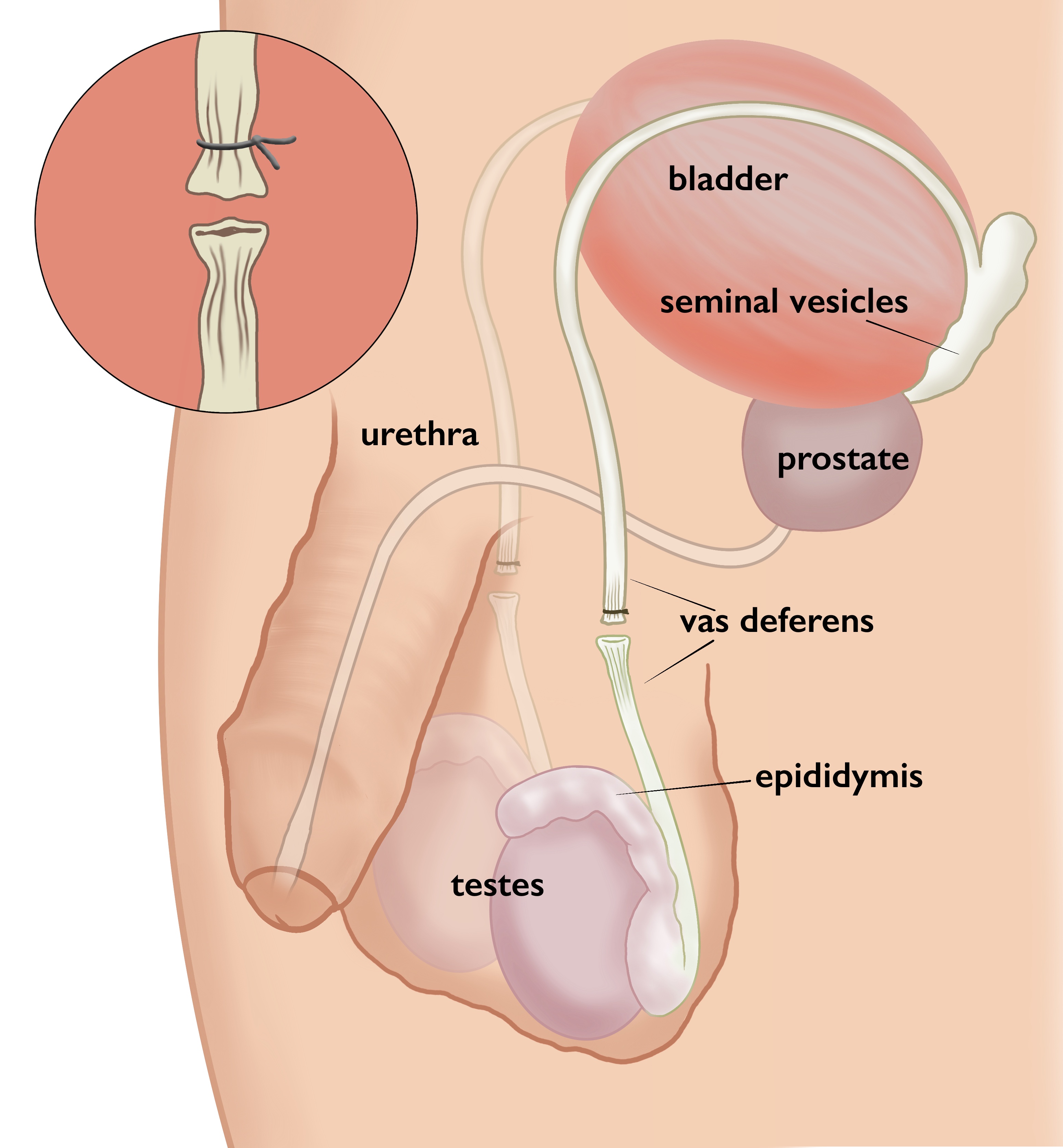|
Wrongful Birth
Wrongful birth is a legal cause of action in some common law countries in which the ''parents'' of a congenitally diseased child claim that their doctor failed to properly warn of their risk of conceiving or giving birth to a child with serious genetic or congenital abnormalities. Thus, the plaintiffs claim, the defendant prevented them from making a truly informed decision as to whether or not to have the child. Wrongful birth is a type of medical malpractice tort. It is distinguished from wrongful life, in which the ''child'' sues the doctor. Elements An example of the general elements of a wrongful birth claim, as established by the California Supreme Court, are: * the existence of a patient–doctor relationship between the defendant and the plaintiff; * the doctor negligently failed to disclose to the prospective parents the risk of having a child with a genetic or congenital disease; * the plaintiff suffered harm; and * the doctor's negligence caused that harm. Patient–d ... [...More Info...] [...Related Items...] OR: [Wikipedia] [Google] [Baidu] |
Common Law
In law, common law (also known as judicial precedent, judge-made law, or case law) is the body of law created by judges and similar quasi-judicial tribunals by virtue of being stated in written opinions."The common law is not a brooding omnipresence in the sky, but the articulate voice of some sovereign or quasi sovereign that can be identified," ''Southern Pacific Company v. Jensen'', 244 U.S. 205, 222 (1917) (Oliver Wendell Holmes, dissenting). By the early 20th century, legal professionals had come to reject any idea of a higher or natural law, or a law above the law. The law arises through the act of a sovereign, whether that sovereign speaks through a legislature, executive, or judicial officer. The defining characteristic of common law is that it arises as precedent. Common law courts look to the past decisions of courts to synthesize the legal principles of past cases. ''Stare decisis'', the principle that cases should be decided according to consistent principled rules s ... [...More Info...] [...Related Items...] OR: [Wikipedia] [Google] [Baidu] |
Vasectomy
Vasectomy, or vasoligation, is an elective surgical procedure for male Sterilization (medicine), sterilization or permanent contraception. During the procedure, the male vas deferens, vasa deferentia are cut and tied or sealed so as to prevent sperm from entering into the urethra and thereby prevent fertilization of a female through sexual intercourse. Vasectomies are usually performed in a physician's office, medical clinic, or, when performed on an animal, in a Veterinary medicine, veterinary clinic. Hospitalization is not normally required as the procedure is not complicated, the incisions are small, and the necessary equipment routine. The leading potential complication is post-vasectomy pain syndrome. There are several methods by which a surgeon might complete a vasectomy procedure, all of which occlude (i.e., "seal") at least one side of each vas deferens. To help reduce anxiety and increase patient comfort, those who have an aversion to needles may consider a "''no-needle' ... [...More Info...] [...Related Items...] OR: [Wikipedia] [Google] [Baidu] |
Tort Law
A tort is a civil wrong that causes a claimant to suffer loss or harm, resulting in legal liability for the person who commits the tortious act. Tort law can be contrasted with criminal law, which deals with criminal wrongs that are punishable by the state. While criminal law aims to punish individuals who commit crimes, tort law aims to compensate individuals who suffer harm as a result of the actions of others. Some wrongful acts, such as assault and battery, can result in both a civil lawsuit and a criminal prosecution in countries where the civil and criminal legal systems are separate. Tort law may also be contrasted with contract law, which provides civil remedies after breach of a duty that arises from a contract. Obligations in both tort and criminal law are more fundamental and are imposed regardless of whether the parties have a contract. While tort law in civil law jurisdictions largely derives from Roman law, common law jurisdictions derive their tort law from c ... [...More Info...] [...Related Items...] OR: [Wikipedia] [Google] [Baidu] |
Medical Malpractice
Medical malpractice is a legal cause of action that occurs when a medical or health care professional, through a negligent act or omission, deviates from standards in their profession, thereby causing injury or death to a patient. The negligence might arise from errors in diagnosis, treatment, aftercare or health management. An act of medical malpractice usually has three characteristics. Firstly, it must be proven that the treatment has not been consistent with the standard of care, which is the standard medical treatment accepted and recognized by the profession. Secondly, it must be proven that the patient has suffered some kind of injury due to the negligence. In other words, an injury without negligence or an act of negligence without causing any injury cannot be considered malpractice. Thirdly, it must be proven that the injury resulted in significant damages such as disability, unusual pain, suffering, hardship, loss of income or a significant burden of medical bil ... [...More Info...] [...Related Items...] OR: [Wikipedia] [Google] [Baidu] |
Cattanach V Melchior
''Cattanach v Melchior'' 003HCA 38; (2003) 215 CLR 1, was a significant case decided in the High Court of Australia regarding the tort of negligence in a medical context. It was held by a majority of the High Court (by McHugh, Gummow, Kirby and Callinan JJ; Gleeson CJ, Hayne and Heydon JJ dissenting) that the negligent doctor could be held responsible for the costs of raising and maintaining a healthy child. Facts Mrs Kerry Anne Melchior had seen the obstetrician and gynaecologist Stephen Alfred Cattanach, and asked for a tubal ligation procedure to be performed on her, citing financial inability to support a third child. She recalled having one ovary removed when she was fifteen years of age and that her fallopian tube had at that time also been removed. While performing the operation Dr Cattanach could see no evidence of a second fallopian tube and so assumed that Mrs Melchior's recollection was accurate. Some time after the operation Mrs Melchior became pregnan ... [...More Info...] [...Related Items...] OR: [Wikipedia] [Google] [Baidu] |
Indiana Supreme Court
The Indiana Supreme Court, established by Article 7 of the Indiana Constitution, is the highest judicial authority in the state of Indiana. Located in Indianapolis, the Court's chambers are in the north wing of the Indiana Statehouse. In December 1816, the Indiana Supreme Court succeeded the General Court of the Indiana Territory as the state's high court. During its long history the Court has heard a number of high-profile cases, including '' Lasselle v. State'' (1820). Originally begun as a three-member judicial panel, the Court underwent major reforms in 1852 and 1971, as well as several other reorganizations. Court reforms led to a majority of Supreme Court cases being delegated to lower courts, an enlarged panel of justices, and employment of a large staff to assist as its caseload increases. Organization and jurisdiction In 2008, the Court consisted of one chief justice and four associate justices, the constitutional minimum. However, the Indiana General Assembly ... [...More Info...] [...Related Items...] OR: [Wikipedia] [Google] [Baidu] |
Unwanted Pregnancy
Unintended pregnancies are pregnancies that are mistimed, unplanned or unwanted at the time of conception. Sexual activity without the use of effective contraception through choice or coercion is the predominant cause of unintended pregnancy. Worldwide, the unintended pregnancy rate is approximately 45% of all pregnancies, but rates of unintended pregnancy vary in different geographic areas and among different sociodemographic groups. Unintended pregnancies may be unwanted pregnancies or mistimed pregnancies. While unintended pregnancies are the main reason for induced abortions, unintended pregnancies may also result in other outcomes, such as live births or miscarriages. Unintended pregnancy has been linked to numerous poor maternal and child health outcomes, regardless of the outcome of the pregnancy. Efforts to decrease rates of unintended pregnancy have focused on improving access to effective contraception through improved counseling and removing barriers to contraception a ... [...More Info...] [...Related Items...] OR: [Wikipedia] [Google] [Baidu] |
Tubal Ligation
Tubal ligation (commonly known as having one's "tubes tied") is a surgical procedure for female sterilization in which the fallopian tubes are permanently blocked, clipped or removed. This prevents the fertilization of eggs by sperm and thus the implantation of a fertilized egg. Tubal ligation is considered a permanent method of sterilization and birth control. Medical uses Female sterilization through tubal ligation is primarily used to permanently prevent a patient from having a spontaneous pregnancy (as opposed to pregnancy via in vitro fertilization) in the future. While both hysterectomy (the removal of the uterus) or bilateral oophorectomy (the removal of both ovaries) can also accomplish this goal, these surgeries carry generally greater health risks than tubal ligation procedures. Less commonly, tubal ligation procedures may also be performed for patients who are known to be carriers of mutations in genes that increase the risk of ovarian and fallopian tube cancer ... [...More Info...] [...Related Items...] OR: [Wikipedia] [Google] [Baidu] |
Supreme Court Of California
The Supreme Court of California is the highest and final court of appeals in the courts of the U.S. state of California. It is headquartered in San Francisco at the Earl Warren Building, but it regularly holds sessions in Los Angeles and Sacramento. Its decisions are binding on all other California state courts. Since 1850, the court has issued many influential decisions in a variety of areas including torts, property, civil and constitutional rights, and criminal law. Composition Under the original 1849 California Constitution, the Court started with a chief justice and two associate justices. The Court was expanded to five justices in 1862. Under the current 1879 constitution, the Court expanded to six associate justices and one chief justice, for the current total of seven. The justices are appointed by the Governor of California and are subject to retention elections. According to the California Constitution, to be considered for appointment, as with any California ... [...More Info...] [...Related Items...] OR: [Wikipedia] [Google] [Baidu] |
Black's Law Dictionary
''Black's Law Dictionary'' is the most frequently used legal dictionary in the United States. Henry Campbell Black (1860–1927) was the author of the first two editions of the dictionary. History The first edition was published in 1891 by West Publishing, with the full title ''A Dictionary of Law: containing definitions of the terms and phrases of American and English jurisprudence, ancient and modern, including the principal terms of international constitutional and commercial law, with a collection of legal maxims and numerous select titles from the civil law and other foreign systems''. A second edition was published in 1910 as ''A Law Dictionary''. Black died in 1927 and future editions were titled ''Black's Law Dictionary''. The sixth and earlier editions of the book additionally provided case citations for the term cited, which was viewed by lawyers as its most useful feature, providing a useful starting point with leading cases. The invention of the Internet made legal r ... [...More Info...] [...Related Items...] OR: [Wikipedia] [Google] [Baidu] |
California Court Of Appeal
The California Courts of Appeal are the state intermediate appellate courts in the U.S. state of California. The state is geographically divided along county lines into six appellate districts.California Government Code Sections 69100-69107 The Courts of Appeal form the largest state-level intermediate appellate court system in the United States, with 106 justices. Jurisdiction and responsibility  The decisions of the Courts of Appeal are binding on the
The decisions of the Courts of Appeal are binding on the [...More Info...] [...Related Items...] OR: [Wikipedia] [Google] [Baidu] |
.png)


